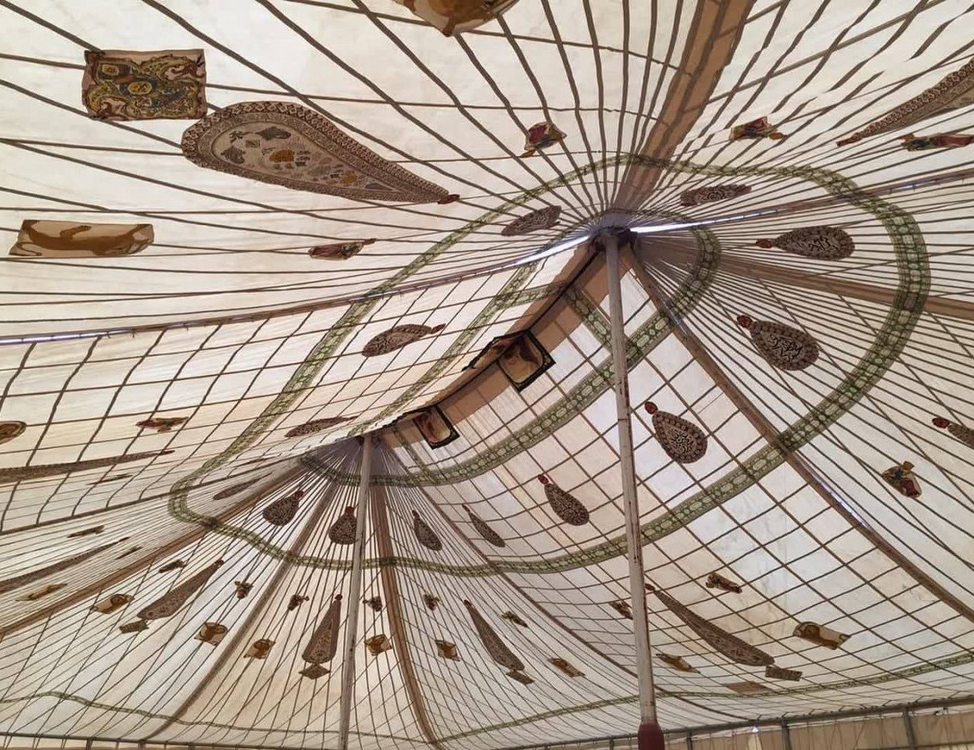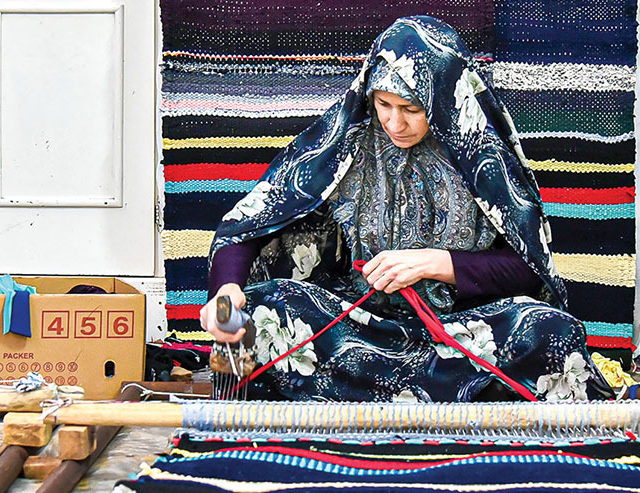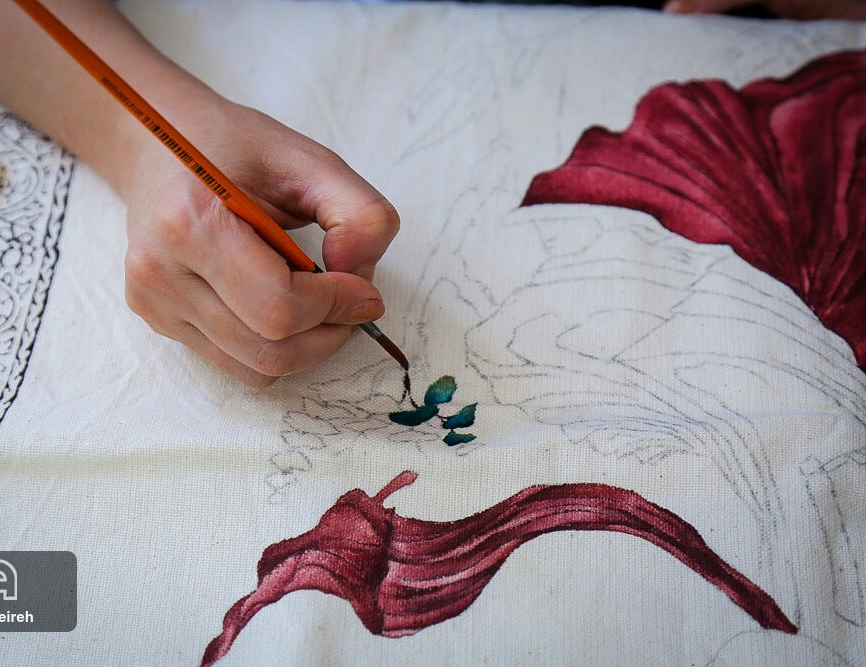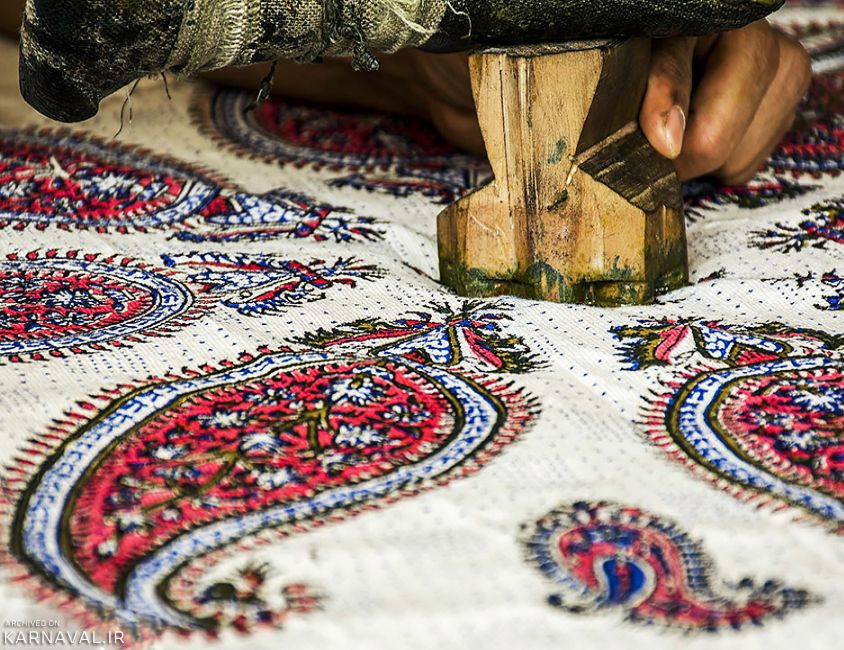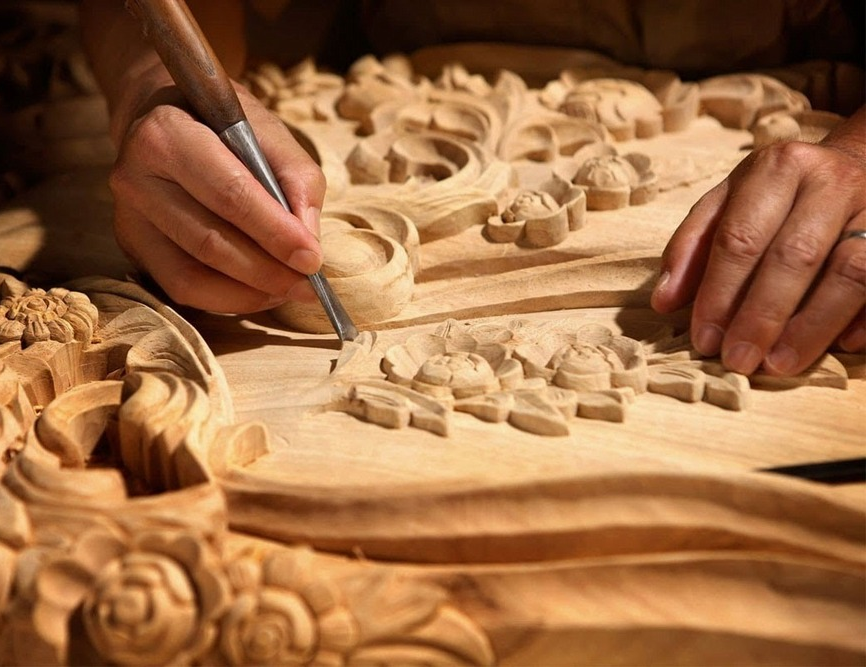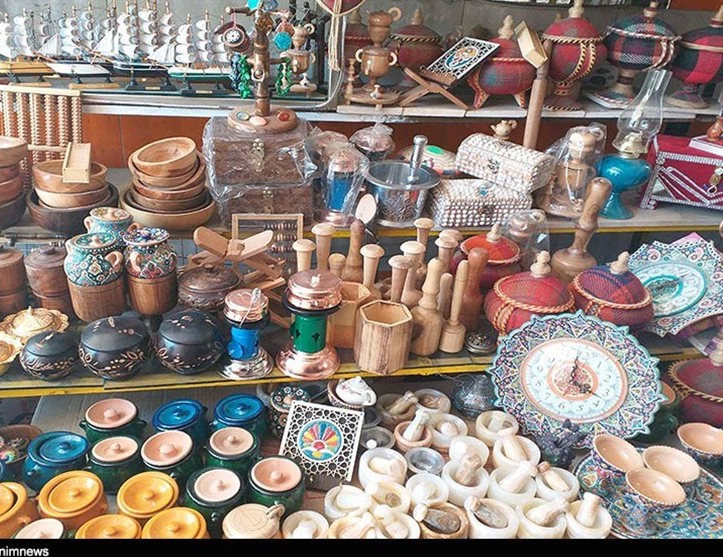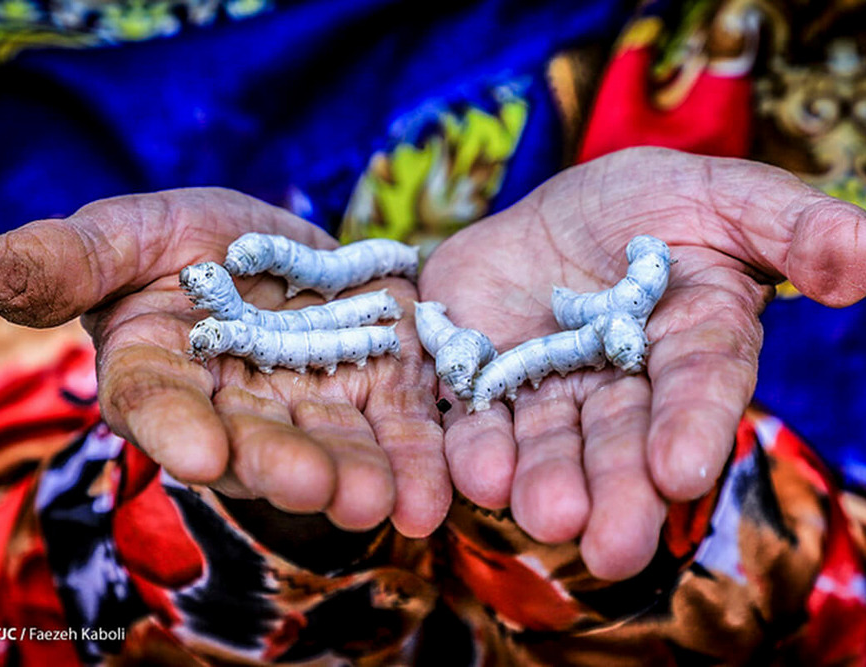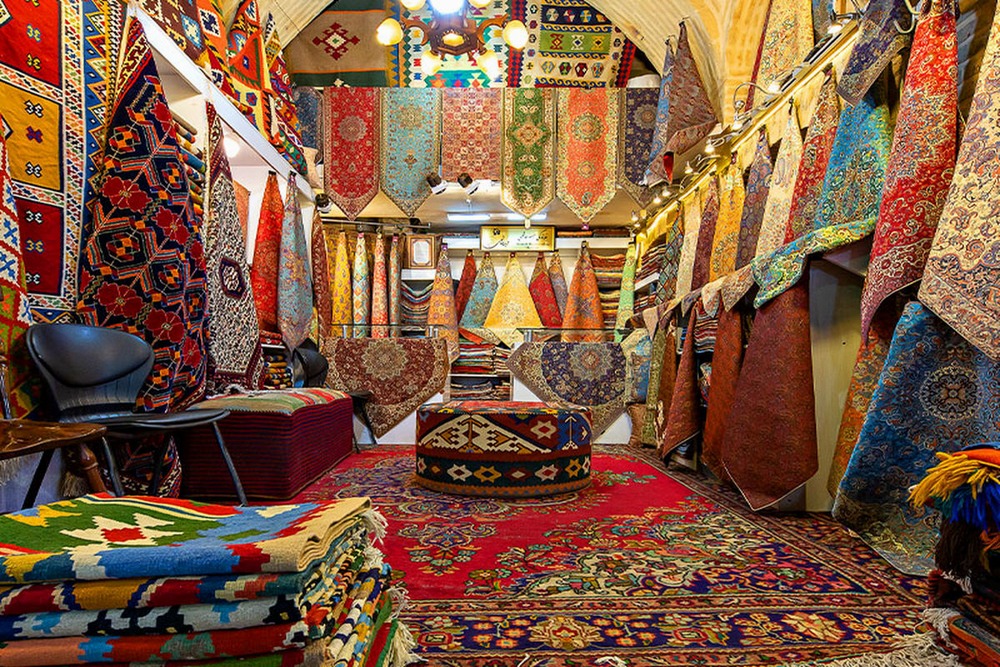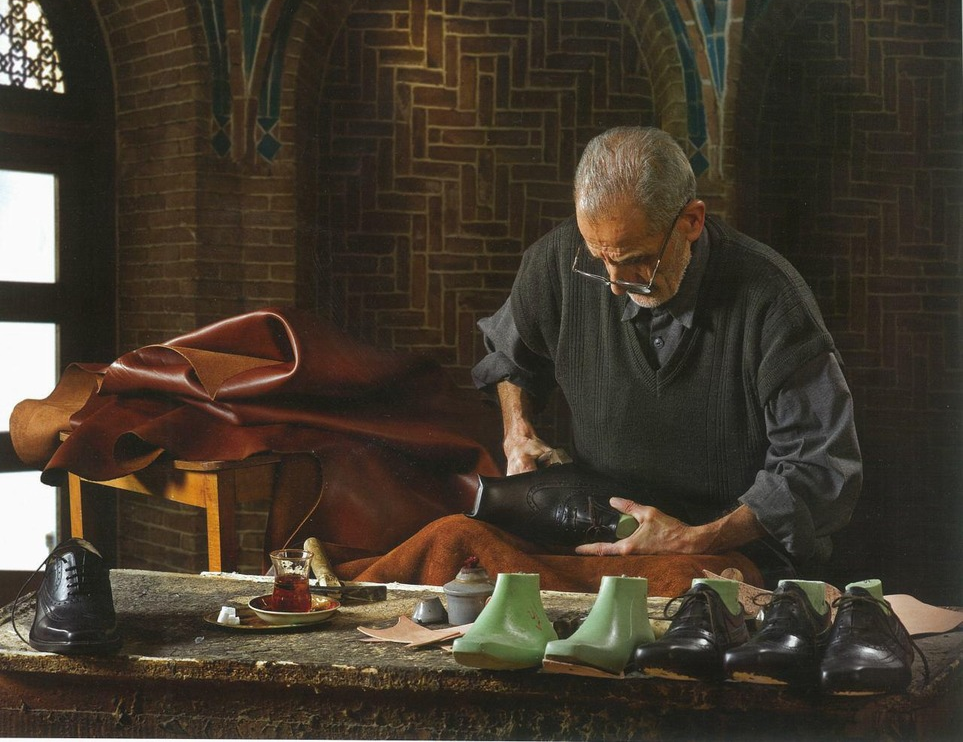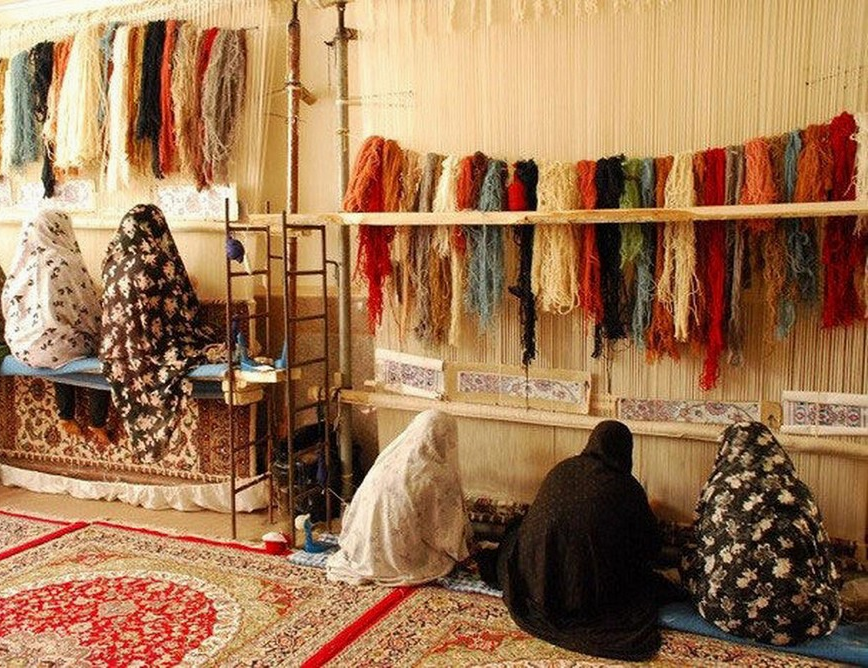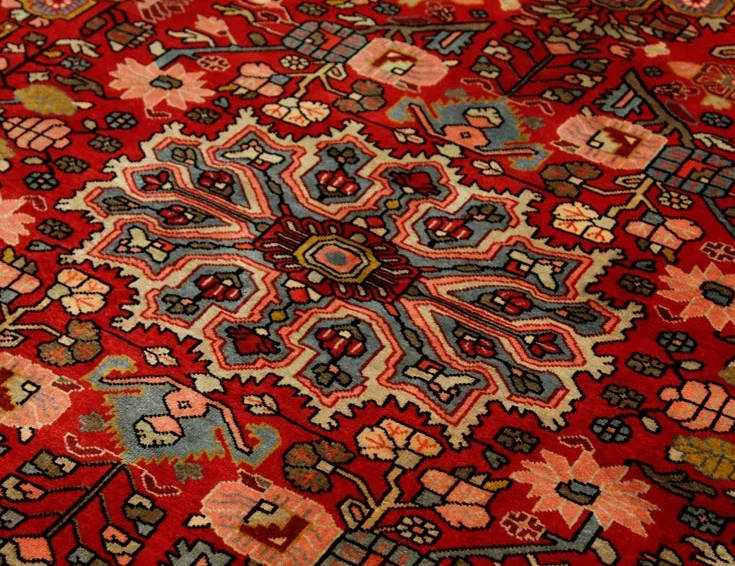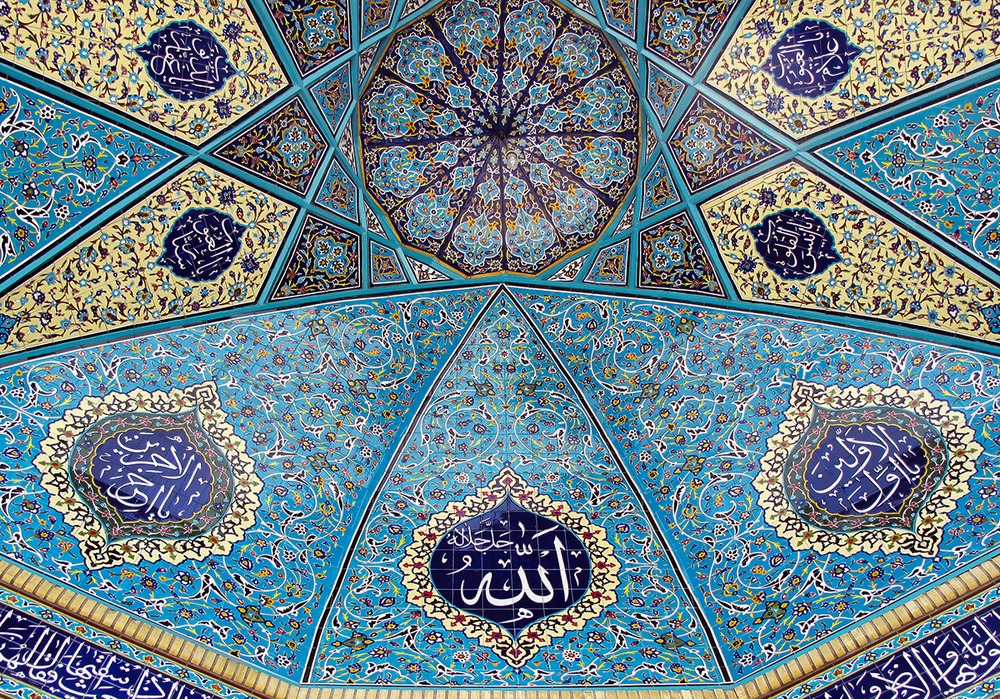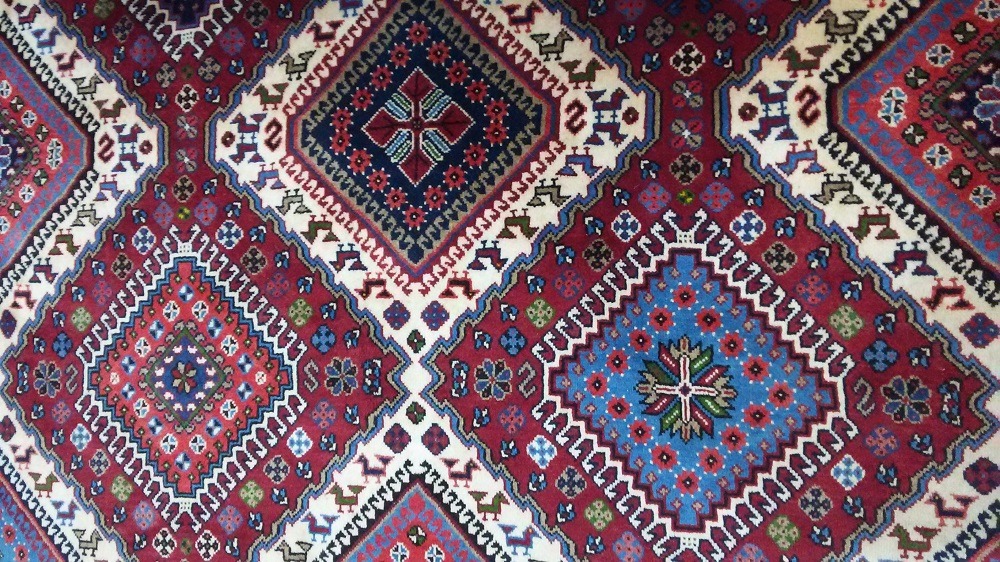
Noskhe-pardazi; The Ancient Art of Beautifying Books in Iran
In the distant past and before the invention of the printing industry, copying (re-writing by hand) was the most important way of reproducing books and transferring scientific concepts, a trend that Iranians turned into an art and created the art of “Noskhe-pardazi”.
Noskhe-pardazi in Iran
Re-writing books was spread in Iran by the Manichaeans, Christians, and Jews during the Sassanid era. The Manichaeans were the pioneers of the art of copying books at that time. Some books bound by them around the 8th and 9th centuries AH (15th century AD) have been found in Turkestan of China.
After the invention of paper by the Chinese, this invention was introduced to Samarkand in 740 AD and, gradually, the use of paper in Islamic lands became so popular that in the 10th century AH (17th century AD), it was mass-produced in Baghdad. At the same time, the technique of paper production, in which local minerals were used, progressed in Iran.
How Was Noskhe-Pardazi Done?
Noskhe-pardazi involved re-writing the text of a book by hand, and then its pages were decorated in different ways. Finally, the pages of the book were bound and placed in a strong cover.
Each book was decorated with the designs usually used in the art of illuminating manuscripts. In addition to beautifying the book, this work provided the possibility of introducing the sponsor or the author of the book.
What Materials Were Used in Noskhe-pardazi?
Different herbal and mineral colors were used in Noskhe-pardazi. Minium (red soil), Cinnabar, Yellow ocher, Yellow arsenic, White chalk, Venetian ceruse, blue rust (copper rust), green marble round, Lapis lazuli, which was more expensive than other materials, were among the raw materials used for preparing the required colors. These pigments were mixed with some natural solvents and the Noskhe-pardazi artist used it for painting with a brush made of cat or otter hair.
To prepare the cover, they used goat skin (outer part) and sheep skin (inner part). Sometimes the leather used in the cover of the book would be given a few slits to display the images.
What Was the Usage of Noskhe-pardazi?
Some volumes were made in very large quantities on the order of kings or government officials. There were Noskhe-pardazi workshops in the past that engaged in the buying and selling of such books, and scribes were respected people.
Expansion of Noskhe-pardazi in Iran
The exact date of the beginning of Noskhe-pardazi in Iran is not known, but some researchers believe that the manuscripts of the Sassanid era discovered in the city of Estarkhr prove that this art dates back to that era.
After Islam, Noskhe-pardazi widely spread in Iran and some copies made by Iranian artists of the 10th and 11th centuries AD are kept in the famous Chester Beatty Library in Dublin. A copy of the Holy Qur’an decorated with the horns of an antelope is also kept in Istanbul. This book was made in 972 AD and its background is a design with diamond-shaped checkers, with a rose drawn at the intersection of the checkered houses. There is another copy of the Holy Qur’an with a similar design on which a swastika has been designed at the intersections, which is reminiscent of the Pazyryk designs (belonging to the Achaemenid period).
The Changes in the Bookmaking Methods of Different Eras
In the Ilkhanate era (13th and 14th centuries AD), angular designs, star designs, swastikas, and almond-shaped patterns were used in different parts of the book and the design of the palm was used for the covers. The lining and the endpapers were also designed with stamped arabesque patterns. Usually, gold was spread on the book in powder form or used as a raw material to attractively decorate the pages, borders, covers, or edges.
From the beginning of the 14th century AD, with the arrival of patterned fabrics from the East, Iranian arts and crafts were also influenced by Chinese patterns. The use of Chinese cloud rings has been attributed to the Timurid era (14th to 16th centuries AD). During this period, the stamping of various images became popular among Shirazi bookmakers. The combination of Chinese styles and themes with the Ilkhanate binding style, which began in Baghdad, increased the variety of colors and motifs in bookbinding and became known as the Jalayri style.
Later on, an imitative style was used in Yazd, in which a balanced design was chosen and the images of some animals were stamped. The artists of Tabriz and Herat also created new designs in close collaboration with each other, in which arabesque is abundantly visible. In the Tabriz school, the colors were stronger and darker, and blue, gold, black, white, green, and brown were used abundantly.
The use of the shape of the human body in the design of the cover of a book of poetry, which was done for the first time after the arrival of Islam in Iran - in the first half of the 15th century AD - by a female poet named Jahan Khatoon, marked the beginning of a new stage in bookmaking. In this design, a crowned man was kneeling and talking to a woman. Human figures decorated with gold and silver, which were not similar to the Chinese style decorations, created a new method of bookmaking called Mozaffari style, which became popular in western Iran and probably in Hamedan. At the end of the Timurid era, the use of the image of Simorgh on the covers of books had become rather common.
In the Safavid era (beginning of the 16th century to the middle of the 18th century), a new style became popular, in which the images were struck completely with large stamps. Usually, the contents were very small and some details were later on painted in the main design. In this way, the frames were inlaid with shells or metal or were created with gilding. The taste of Iranians in this period led bookmakers to use colorful decorations on the covers, the edges, the linings, and endpapers. In this way, delicate gilded papers in which flower and plant designs were installed on blue, red, green, orange, and black backgrounds and looked like tapestry became quite popular.
Some royal manuscripts of this period, which were gilded in Tabriz, clearly show the influence of the Herat style. Usually, the exaggeration in the decorations was so much that there would be a shortage of space to finish the work! Glaze and some types of resin were used in Tabriz of that period for painting under varnish, and the backgrounds were designed in gold, red, and green colors.
The image of a king sitting on a throne in a garden with angels flying over his head and courtiers entertaining him was abundantly used in Noskhe-pardazi works of the Safavid era.
The Influence of Europe on Iranian Noskhe-pardazi
After the 18th century, the gilded designs lost their clarity and the abundance of details overshadowed the main theme. At the end of the 18th century, European designs influenced Iranian Noskhe-pardazi such that some motifs, such as an array of artichoke leaves, a decoration originating from the Corinthian style of ancient Greek architecture, can be seen in the copies created in this period.
Although the main elements of the cover, such as the border, and the square-shaped medallions, were still used, the use of new types of endpapers that were not so firm revealed the influence of Europe on Iranian Noskhe-pardazi.
This influence of Europe appeared during the Zand era (late 17th century AD) and continued until the Qajar period (18th and 19th centuries AD). During the Qajar era, lacquer painting of court and battle scenes, which were done in a realistic style, found its way into Noskhe-pardazi. Of course, Chinese styles were also not forgotten during this period and the covers decorated with lacquer paintings with European-style colors on a colorful background were welcomed by the public.
With the advent of the printing industry in the 20th century, the art of Iranian Noskhe-pardazi became obsolete; although even now in some parts of Iran, some artists have kept it alive as one of the aspects of Iranian culture.
In the distant past and before the invention of the printing industry, copying (re-writing by hand) was the most important way of reproducing books and transferring scientific concepts, a trend that Iranians turned into an art and created the art of “Noskhe-pardazi”.
| Name | Noskhe-pardazi; The Ancient Art of Beautifying Books in Iran |
| Country | Iran |
| Works | Other |
| Registration | No registration |


Choose blindless
Red blindless Green blindless Blue blindless Red hard to see Green hard to see Blue hard to see Monochrome Special MonochromeFont size change:
Change word spacing:
Change line height:
Change mouse type:
